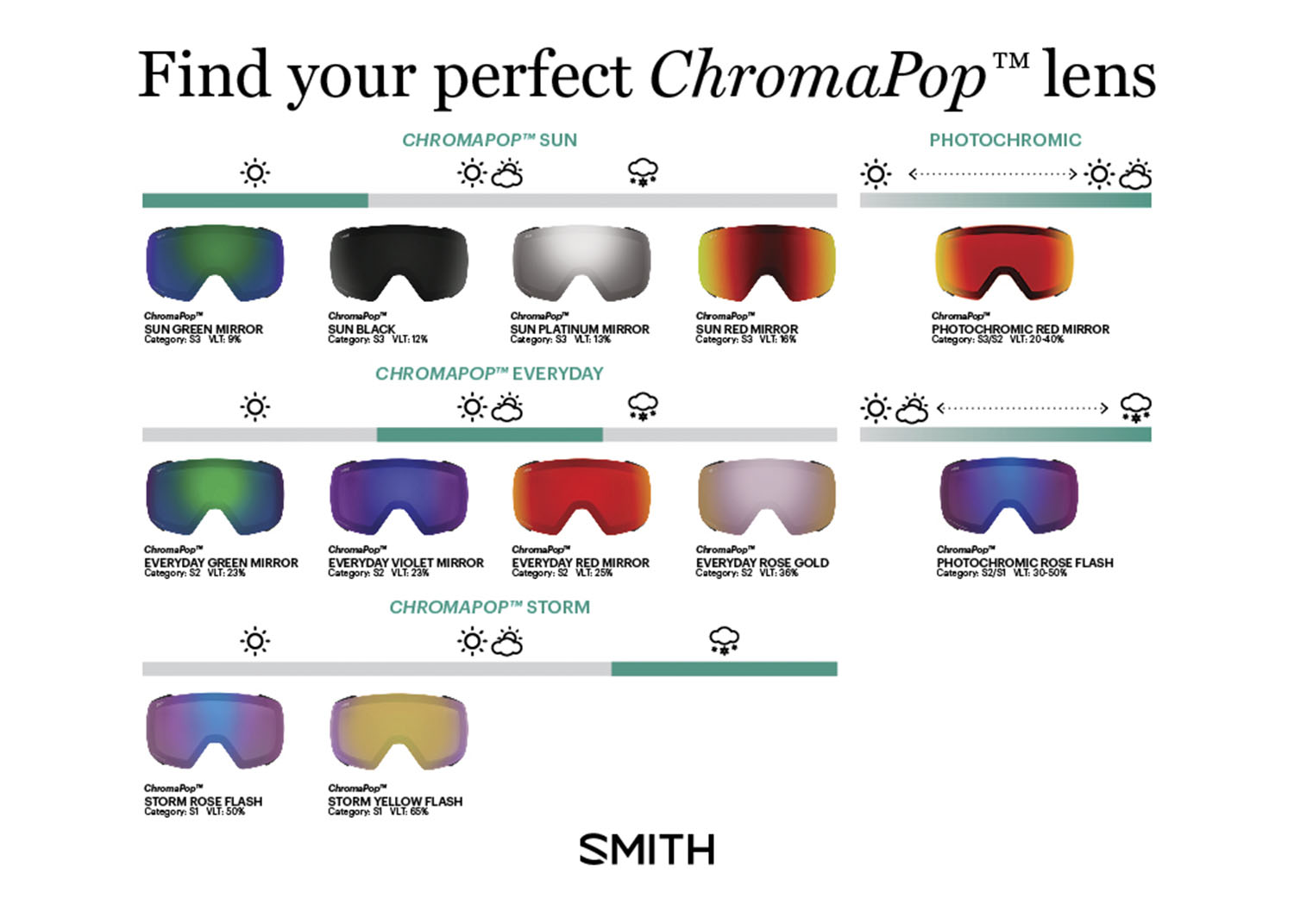So, how many different lenses do you need? Many people can get away with just one pair of good goggles with only one lens option, especially if that option is an all-round, most conditions tint.
The more time you spend in the mountains, the more weather conditions you’ll encounter. Having multiple lens colors on hand can help to maximize visibility and performance throughout the day, as the reality is that no one goggle lens can provide optimal visibility across the full spectrum of lighting and weather conditions.
Types of Lenses
-
Cylindrical (Flat): These lenses curve horizontally, remaining flat vertically. Cylindrical lenses offer good performance at a lower price point.
-
Spherical Lenses: These lenses curve both horizontally and vertically around your face, which will give the goggles a bubbled look. Some people prefer this aesthetic, but they also give the added advantage of increased field of view.
- Low Light: Some lenses are designed to perform much better in low light, low visibility situations, such as when it is snowing, foggy, or the light is flat.
- Everday: There are lenses in the middle of the spectrum that perform fairly well in all conditions and are great if you experience changing light conditions during the day. Each manufacturer produces a wide range of lens tints for bright days, storm days, and everything in between.
- Bright Light: Other lenses will function better on sunny days with high visibility where it is more about keeping the light out.



- Use only a soft cloth (not a shirt) or anti-fog cloth to blot (not wipe) the outside of goggle lens dry.
- We advise to never wipe the inside of a goggle lens (the factory anti-fog cannot be reapplied once wiped away).
- When off the slopes allow goggles to air dry thoroughly before stowing in their bag.
- Store the goggles in a soft sack when they are not in use. Most come with one when purchased.
- Do not dry goggles in direct sun or high heat, such as on the dashboard or hanging from the rearview mirror.
- Avoid storing goggles on your forehead or helmet, as any moisture will evaporate into your goggle and make them fog instantly.
